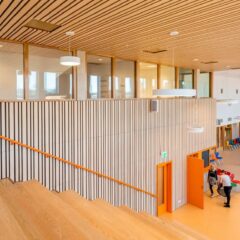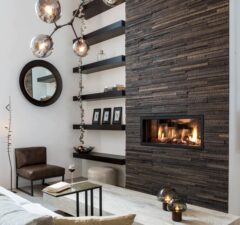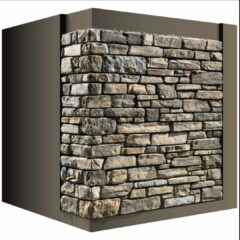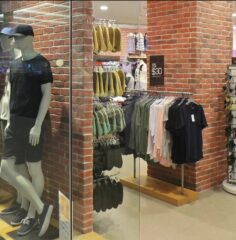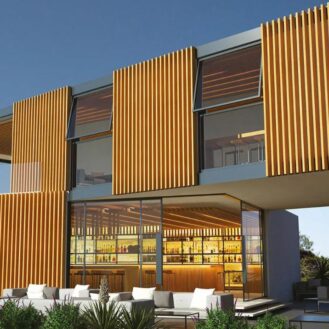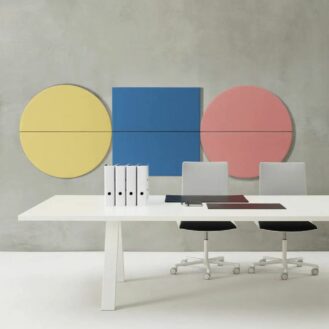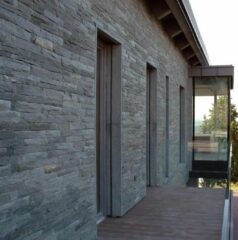
NUOVA SERPENTINO D’ITALIA Stone wall cladding
Wall cladding can be used to cover a multitude of surfaces and comes in a large variety of materials. Here are the most common materials used for wall cladding:
Stone wall cladding is popular for its timeless look and can be made from real stone or engineered stone panels, which tend to be cheaper and have a more homogenous pattern and thickness.
Cladding brick is available in a wide range of colors, style and materials. It’s relatively easy to clean, weather-resistant and fire-resistant. Cladding brick is also adapted to a number of traditional, modern and industrial styles and can even be used to fit in with surrounding buildings.
Concrete wall cladding is versatile, low-maintenance and generally less expensive than real stone wall cladding or cladding brick. Concrete can be molded into panels to imitate brickwork, stone or even used to produce 3D geometric designs.
Composite wall cladding can come in a wide variety of colors, shapes, motifs and panel sizes. As composite materials can be made up of different combinations of different materials, check the product specifications to make sure the one you choose is suitable for your project.
Wooden wall cladding can add a warm natural touch to interiors and is sometimes even designed to improve room acoustics. Some designs use sustainably sourced or recycled wood. Wooden wall cladding is available in a number of patterns and 3D designs.


